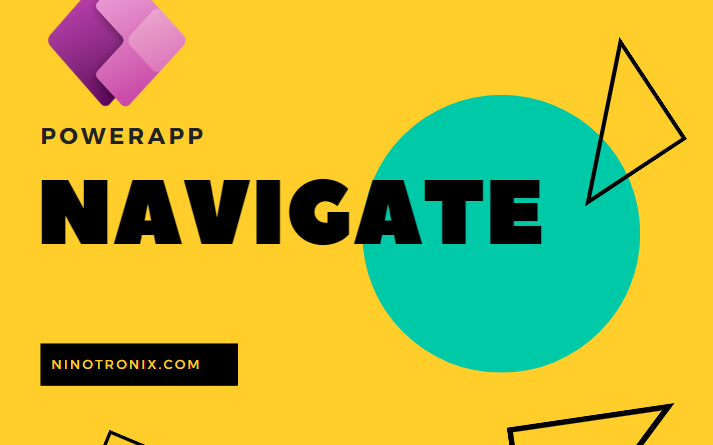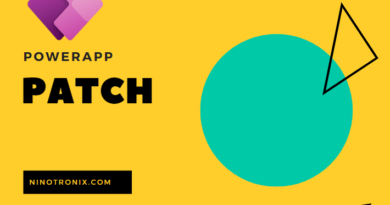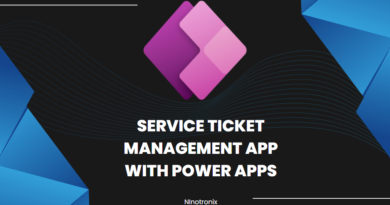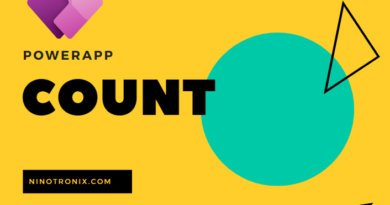Navigate: Enables navigation to different screens within the Power App.
The Navigate function in Power Apps is a powerful tool that allows you to navigate to different screens within your Power App. In this explanation, we will explore the Navigate function in detail, discuss its syntax, and provide step-by-step instructions with example code on how to use it effectively in Power Apps.
The syntax of the Navigate function in Power Apps is as follows:
Navigate(Screen [, Transition] [, UpdateContextRecord])
The “Screen” parameter represents the screen or destination that you want to navigate to within your Power App. It can be specified using the screen name or a reference to the screen object.
The optional “Transition” parameter allows you to specify the transition effect when navigating between screens. It supports various transition effects such as Fade, Cover, Uncover, and more.
The optional “UpdateContextRecord” parameter is used to pass data or update the context of the destination screen while navigating.
Now, let’s go through a step-by-step guide on how to use the Navigate function in Power Apps with example code.
Step 1: Create Screens in your Power App First, you need to create multiple screens within your Power App. Each screen will represent a different section or functionality of your app. For example, you might have screens named “Home”, “Products”, “About”, and “Contact”.
Step 2: Add a Button or Control to Trigger Navigation Next, add a button or any other control to your current screen that will trigger the navigation to another screen. For this example, let’s assume we have a button named “btnNavigate” on the “Home” screen, and we want to navigate to the “Products” screen when the button is clicked.
Step 3: Define the OnSelect Property of the Button Select the “btnNavigate” button, and in the formula bar, enter the following code:
OnSelect = Navigate(ProductsScreen)
In this code, “ProductsScreen” represents the name of the screen you want to navigate to. Make sure you provide the correct screen name or reference.
Step 4: Test the Navigation Run your Power App and click the “btnNavigate” button. You should be navigated to the “Products” screen.
This basic example demonstrates how to use the Navigate function to navigate from one screen to another in Power Apps. However, you can also use the Navigate function with additional parameters for more advanced navigation scenarios.
Let’s consider an example where we want to navigate to the “ProductDetails” screen and pass a selected product’s ID as a parameter.
Step 1: Create a Collection or Connect to a Data Source To fetch the product details, you need a collection or a data source that contains the relevant information. Connect to a data source or create a collection that stores the product details, including an ID field.
Step 2: Add a Gallery or List Control to Display Products Add a gallery or a list control to your screen, and bind it to the product data source or collection. Ensure that the control displays the products along with their respective ID values.
Step 3: Update the OnSelect Property of the Product Control Select the product control within the gallery or list, and in the formula bar, enter the following code:
OnSelect = Navigate(ProductDetailsScreen, Transition.None, { SelectedProductID: ThisItem.ID })
In this code, “ProductDetailsScreen” represents the screen name you want to navigate to display detailed information about the selected product. The Transition.None parameter specifies no transition effect. The third parameter, { SelectedProductID: ThisItem.ID }, is used to pass the selected product’s ID as a context variable to the destination screen.
Step 4: Retrieve and Display Product Details in the ProductDetails Screen In the “ProductDetails” screen, you can retrieve




